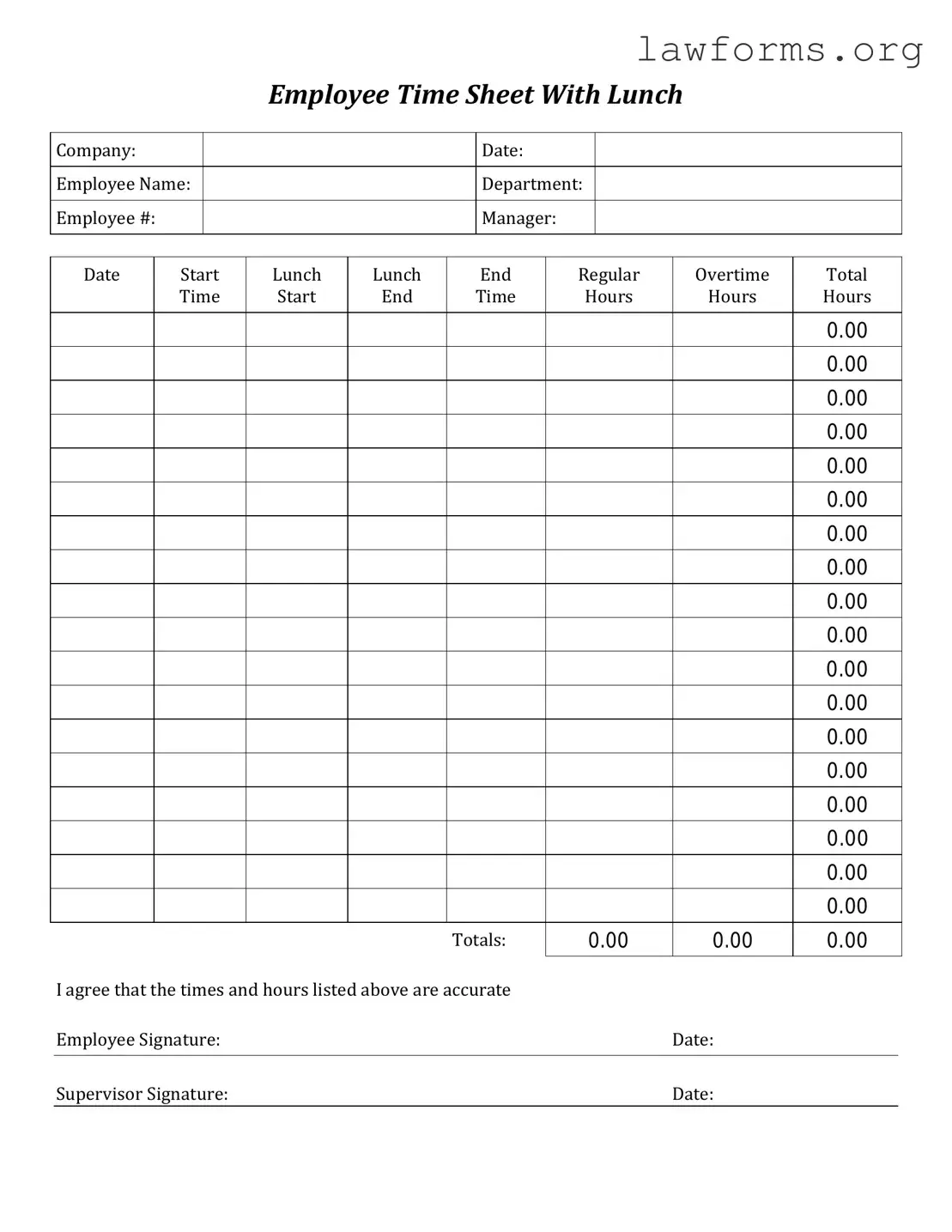Florida Financial Affidavit Short Form
- This document facilitates a smoother resolution of financial disputes between parties.
A California Hold Harmless Agreement is a legal document designed to protect one party from liability for certain actions or events. This form is commonly used in various situations, such as contracts and rental agreements, where one party agrees to assume the risk and hold another party harmless from any potential claims. For more information and to access the actual form, you can visit https://californiadocsonline.com/hold-harmless-agreement-form/. Understanding this agreement is essential for anyone looking to navigate liability issues effectively in California.
Does an Advanced Directive Need to Be Notarized
- You can revoke or amend the directive at any time while you are competent.

